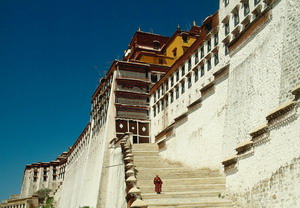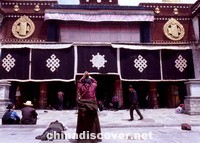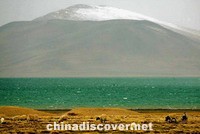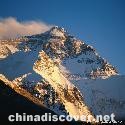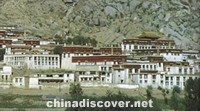Shangri La - Tibet
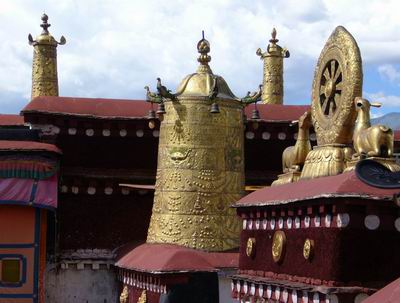
-
Province:Tibet (Chinese: 西藏, Pinyin: Xī Zàng)
-
Population :2,840,000
-
Area :1,228,400 square km (474,300 square mile)
-
Overview:With an average elevation of 4,900 metres (16,000 ft), Tibet has long been a favored destination for tourists from around the world.
Overview
Situated in the northwest Yunnan Hengduan Mountains on the southern Qinghai-Tibet Plateau, the Shangri-La Scenic Region consists of Diqing Prefecture, Nujiang Prefecture, and some area of Lijiang and Dali Prefectures, covers a total area of over 3,500 square kilometers. It is the one of the largest and the most promising scenic region in China, with the most wonderful sights, the most mysterious and richest ethic cultures.
Within the scenic region there are magnificent sights such as three parallelly flowing river, the world-famous gorge, the birthplace of Dongba culture, and many other wonderful scenes. There are also a national nature reserve, three provincial reserves, and a historic and cultural relic under national protection. "Shangri-La", which people have sought for tens of years, is located right here. At present most sights open to tourists are mainly within Diqing Prefecture, which is composed of three counties, Zhongdian, Weixi and Deqin, with its capital in Zhongxin Town in Zhongdian County. Zhongdian County, 709 kilometre away from Kunming, is located in the place bordering three provinces ( Yunnan, Tibet and Sichuan), and is the political, economic and cultural centre of Diqing Tibet Autonomous Prefecture.
Know more
Shangri-La, Sun and Moon in Heart
Shangri-La, means "Sun and Moon in Heart " in Tietan, referring to a place of idyllic beauty. As a loanword it appeared first in 1933 in the novel "The Lost Horizen" by a British writer James Hilton. In the novel a British diplomat and three of his friends were flying from China to India. During the flight over south part of the Himalayan Mountains, the aircraft had to land on a snow-covered place due ot lack of gasoline. While in despair, they were rescued by some kind Tibetan people, and spent soem wonderful time in a beautiful place, where there was sunshine, continuous snow, flowers in blossom and herds of cattle, and the Tibetan people there were leading a tranquil life. Later they came back to seek for the place but failed. The only thing they remembered was the Tibetan word "Shangri-La", so the novel was named after the place "Shangri-La". The book sold very well after its publication. It was especially popular after the Holly-wood shot a film of it, whose popular theme song "This Beautiful Place Shangri-La" helped the region become better known. Then travellers, adventurers, ethnologists, and other people began to explore the place. They couldn't find it until in 1971 one Chinese-Malayan named Guo Henian expressed his desire in a special way. The Guo brothers invested at that time in a five-star hotel in Singapore and gave the name of "Shangri-La" to the hotel after a careful study. As their business rose, the younger generation only knew "Shangri-La" just as the name of modern hotels. However, some experts were still holding the hope of find the place Shangri-La. They had been to Tibet, India, Nepal, etc. As time went by, people paid more attention to the north-western plateau of Yunnan.
By the middle of the 1990s, much evidence has proved that "Shangri-La" is right here in Diqing Tibet Autonomous Prefecture. Now more and more tourists from home and abroad are coming to Diqing. Shangri-La, the bright pearl of the Tourist Kingdom on Qinghai-Tibet Plateau, is emitting more brilliant light.
Must see
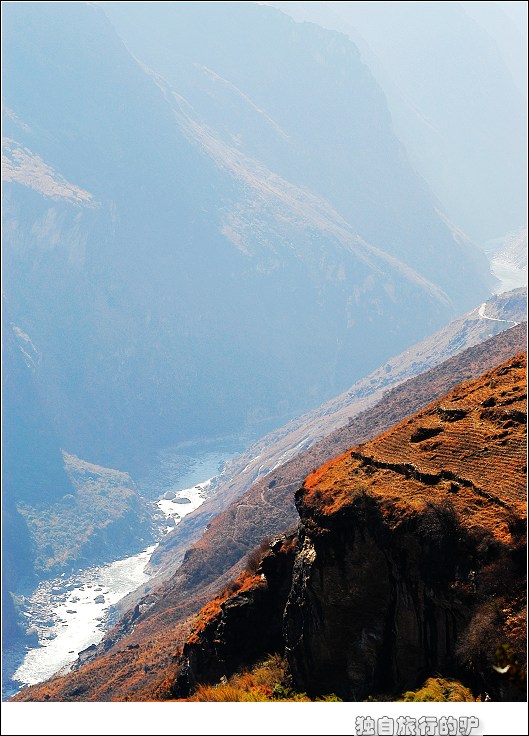
The Tiger Leaping Gorge also named Jinsha Pi Liu, it stands in the south-east of Zhongdian County and the north of Lijang County, just on the section of the Jinsha River between the Haba Snow Mountain and the the Jade Dragon Snow Mountains, famous for its majesty and grotesquery...more
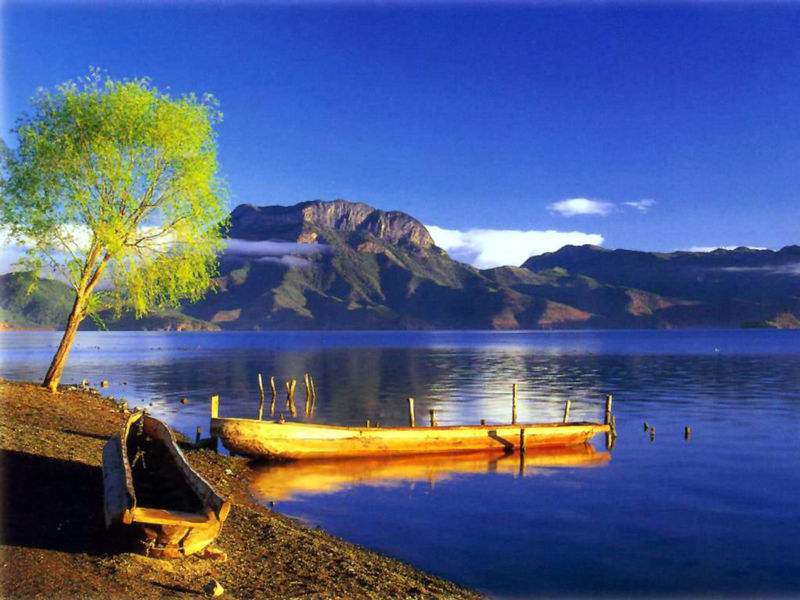
Located 25km east of the seat of Zhongdian County, Bitahai is a provincial nature reserve. The elevation of the Bitahai Lake surface is 3,539 metres. Bita means in Tibetan the oak woods. James Hills depicts it as a Blue Lake in his novel ...more
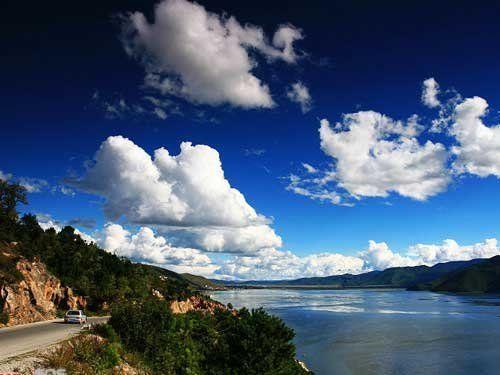
At an elevation of 3,266 metres, it is a seasonal lake. The reserve region is flat, which is Surrounded by mountains on three sides, capped with deep snow during winter and spring. More than ten rivers, such as the Naquhe River and the Naizihe River empty into the lake...more
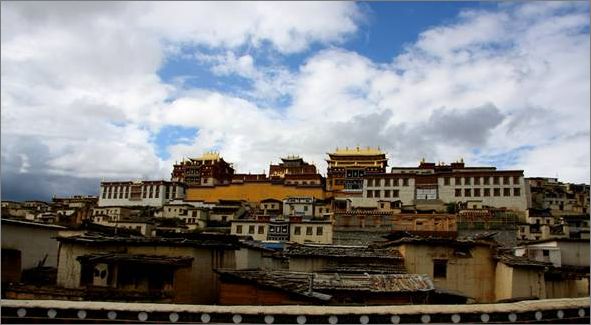
As the capital of Tibet, over 1,300 years old, Lhasa dates back to the 7th century A.D when the colorful Tibetan figure, Songtsen Gampo, built his palace in Lhasa. Religion further define Lhasa's culture...more
